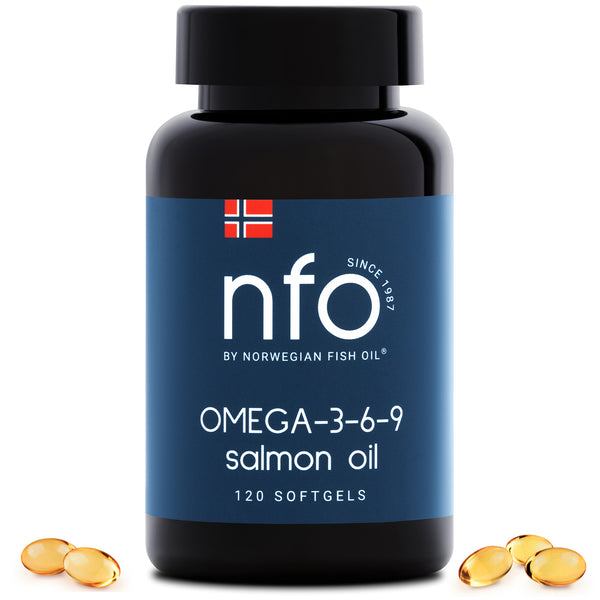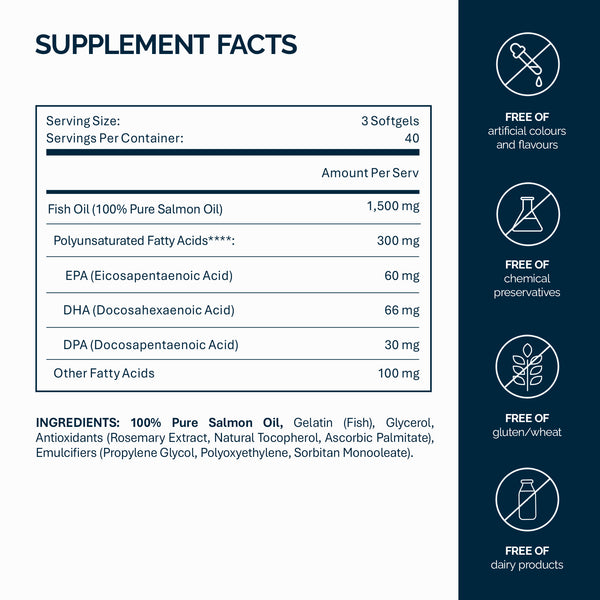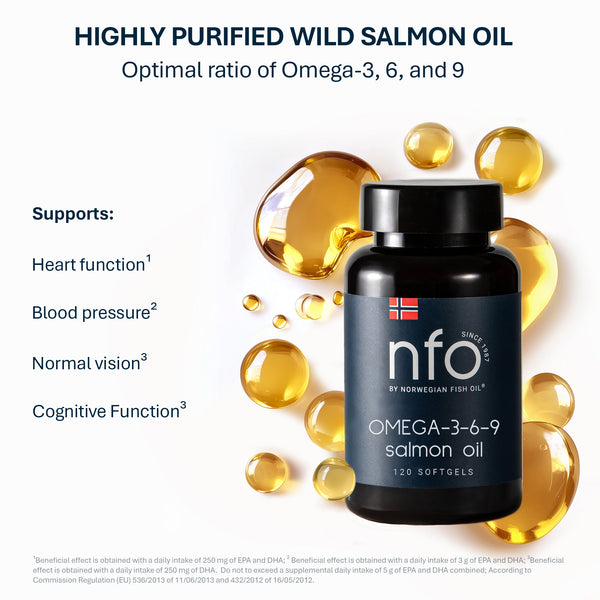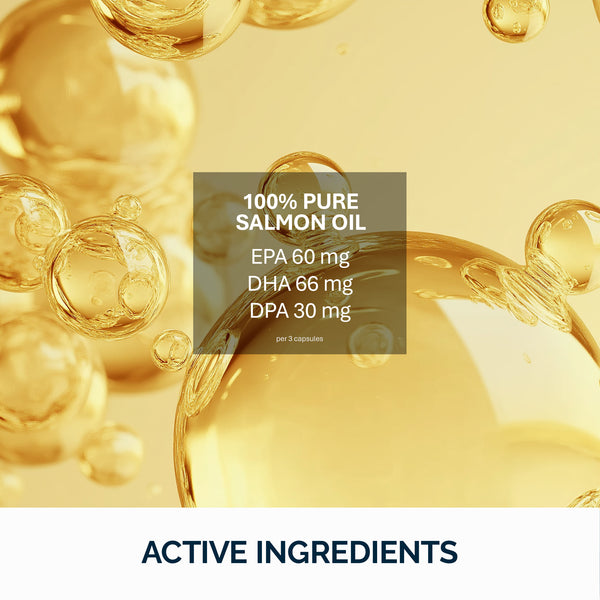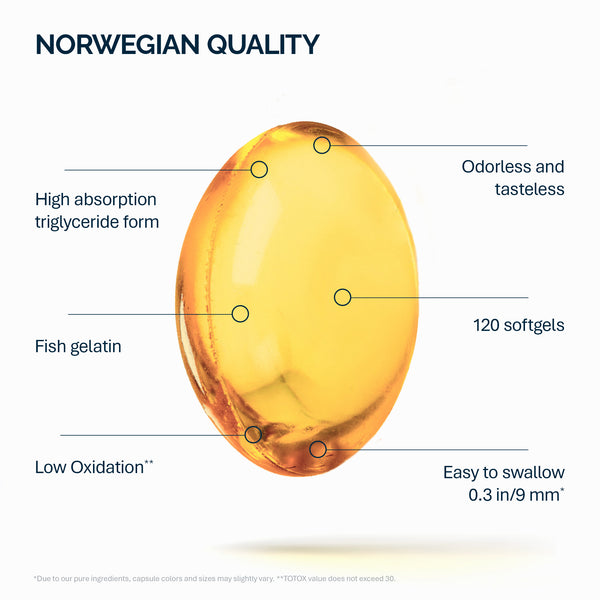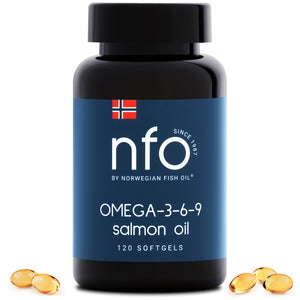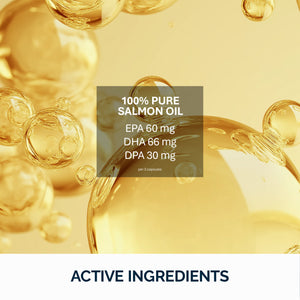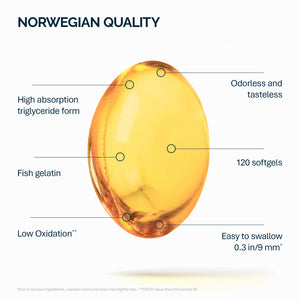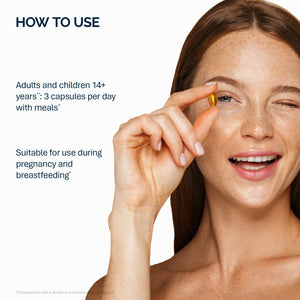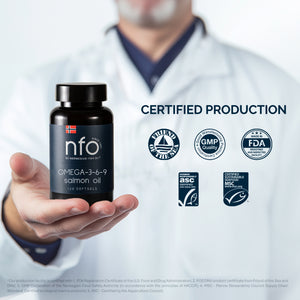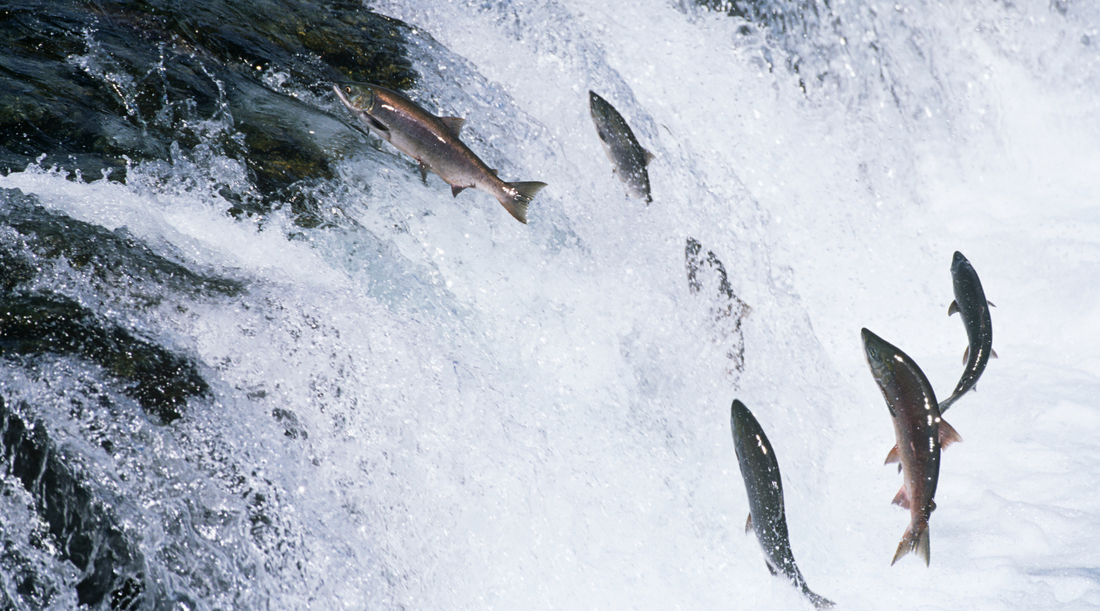
Lachs ist ein extrem beliebter Fisch, der für seinen intensiven Geschmack und zahlreiche gesundheitliche Vorteile bekannt ist. Allerdings ist Lachs nicht gleich Lachs. Die Debatte zwischen Wildlachs und Zuchtlachs hat sowohl bei Konsument:innen als auch bei Forschenden viel Aufmerksamkeit erregt. Dieser Artikel geht auf die Unterschiede zwischen Wild- und Zuchtlachs ein und beleuchtet Aspekte wie Nährwert, gesundheitliche Auswirkungen und Umweltprobleme.
Nährwert
Wildlachs: Wildlachs gilt im Allgemeinen als ernährungsphysiologisch vorteilhafter im Vergleich zu Zuchtlachs. Er ist magerer, enthält weniger Gesamtfett und weniger Kalorien pro Portion. Wildlachs punktet außerdem mit höheren Mengen an essenziellen Nährstoffen wie Vitamin B12, Vitamin D und Selen (Washington State Department of Health, 2021; ConsumerLab, 2023).
Zuchtlachs: Zuchtlachs hingegen ist meist fettreicher, was zu einem höheren Gehalt an Omega-3-Fettsäuren führt. Das bedeutet aber auch, dass er mehr gesättigte Fette und Omega-6-Fettsäuren enthält, was in großen Mengen problematisch sein kann (SalmonFacts, 2021). Die Ernährung von Zuchtlachs, die verarbeitetes Futter mit zugesetzten Fischölen umfasst, trägt zu diesen höheren Fettwerten bei (Global Salmon Initiative, 2023).
Gesundheitliche Auswirkungen
Schadstoffe: Eines der Hauptprobleme bei Zuchtlachs ist das Vorkommen von Schadstoffen wie polychlorierten Biphenylen (PCB) und Dioxinen. Studien zeigen, dass Zuchtlachs deutlich höhere Werte dieser toxischen Substanzen aufweisen kann als Wildlachs, was potenzielle Risiken für Krebs und andere Gesundheitsprobleme birgt (Hites et al., 2004; Nibble, 2023).
Krankheiten und Antibiotika: Zuchtlachs wird oft unter beengten Bedingungen gehalten, was ihn anfälliger für Krankheiten wie infektiöse Lachsanämie (ISA) und Befall mit Lachsläusen macht. Um diese Probleme zu bekämpfen, setzen Züchter:innen häufig Antibiotika und Pestizide ein, was sich negativ auf die menschliche Gesundheit und die Umwelt auswirken kann (Washington State Department of Health, 2021; Global Salmon Initiative, 2023).
Omega-3- und Omega-6-Fettsäuren: Sowohl Wild- als auch Zuchtlachs sind reich an herzgesunden Omega-3-Fettsäuren, aber das Verhältnis zwischen Omega-3- und Omega-6-Fettsäuren ist entscheidend. Wildlachs hat in der Regel ein günstigeres Verhältnis, während Zuchtlachs aufgrund seiner Ernährung oft höhere Werte an Omega-6-Fettsäuren aufweist, die entzündungsfördernd wirken können (ConsumerLab, 2023; Nibble, 2023).
Umweltprobleme
Nachhaltigkeit: Wildlachsbestände sind durch Überfischung, Lebensraumzerstörung und Klimawandel bedroht. Nachhaltige Fangmethoden sind entscheidend, um die langfristige Existenz von Wildlachs zu sichern (ScienceDirect, 2023).
Auswirkungen der Aquakultur: Die Lachszucht trägt zwar dazu bei, die hohe Nachfrage nach diesem Fisch zu decken, bringt aber auch eigene Umweltprobleme mit sich. Dazu gehören Wasserverschmutzung durch Fischabfälle, die Übertragung von Krankheiten auf Wildfischbestände und die ökologischen Folgen, wenn entkommene Zuchtlachse sich mit Wildlachsen vermischen (Global Salmon Initiative, 2023; ScienceDirect, 2023).
Futter und Ressourcenverbrauch: Das in der Lachszucht verwendete Futter enthält oft Fischmehl und Fischöl aus wild gefangenen Fischen, was Fragen zur Nachhaltigkeit dieser Praxis aufwirft. Innovationen in der Futterzusammensetzung, wie der verstärkte Einsatz pflanzlicher Zutaten, werden erforscht, um den ökologischen Fußabdruck von Zuchtlachs zu verringern (Washington State Department of Health, 2021).
Kosten und Verfügbarkeit
Zuchtlachs ist in der Regel günstiger und das ganze Jahr über erhältlich, während Wildlachs meist teurer und saisonal begrenzt ist. Dadurch ist Zuchtlachs für eine breitere Zielgruppe zugänglich (Global Salmon Initiative, 2023).
Fazit
Die Entscheidung zwischen Wild- und Zuchtlachs erfordert das Abwägen verschiedener Faktoren wie Nährwert, Gesundheitsrisiken, Umweltauswirkungen und Kosten. Wildlachs wird oft für sein sauberes Nährstoffprofil und den geringeren Schadstoffgehalt gelobt, während Zuchtlachs eine konstante Verfügbarkeit und einen höheren Gehalt an Omega-3-Fettsäuren bietet. Konsument:innen sollten diese Aspekte berücksichtigen und eine informierte Entscheidung treffen, die zu ihren gesundheitlichen Bedürfnissen, Umweltwerten und ihrem Budget passt.
Quellen
- ConsumerLab. (2023). Wild vs. Farmed Salmon. Abgerufen von ConsumerLab
- Global Salmon Initiative. (2023). About Salmon Farming. Abgerufen von Global Salmon Initiative
- Hites, R. A., Foran, J. A., Carpenter, D. O., Hamilton, M. C., Knuth, B. A., & Schwager, S. J. (2004). Global Assessment of Organic Contaminants in Farmed Salmon. Science, 303(5655), 226-229.
- Nibble. (2023). Wild Salmon Vs Farmed Salmon. Abgerufen von Nibble
- SalmonFacts. (2021). Wild vs. Farmed Salmon: Which Is Better?. Abgerufen von SalmonFacts
- ScienceDirect. (2023). Environmental and health impacts of aquaculture. Abgerufen von ScienceDirect
- Washington State Department of Health. (2021). Farmed Salmon vs. Wild Salmon. Abgerufen von Washington State Department of Health
